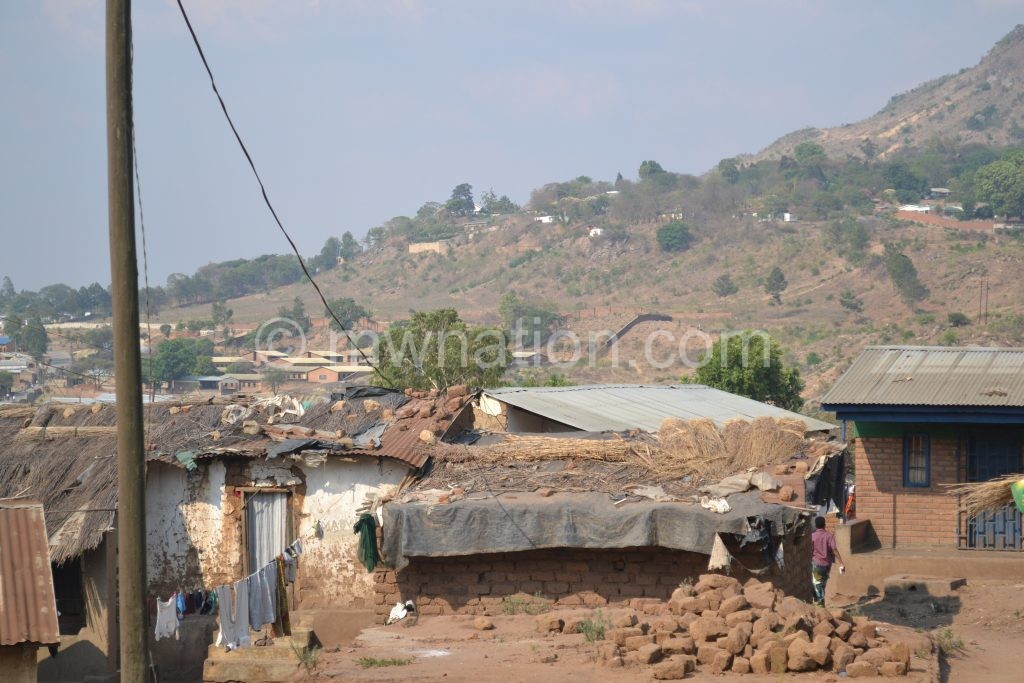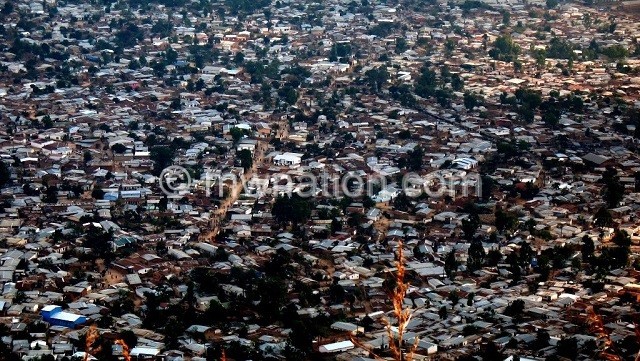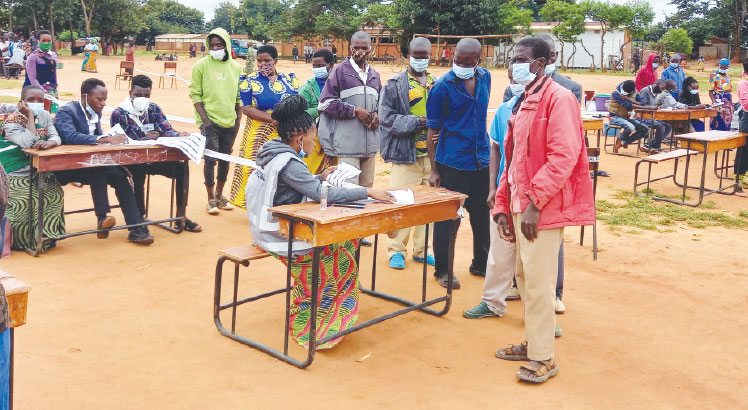We are 17.5 Million: What does that mean?
With clocks ticking past 2.30pm yesterday, the commissioner of statistics Mercy Kanyuka announced that Malawi’s population has swelled by a third of the 2008 count—hitting 17 563 749 four months ago.
However, the untold story is that the population growth—estimated at 2.9 per cent a year—means that your annual share of the K1.45 trillion National Budget is K82 556.40 this year and just K6 879.70 a month.

According to the new figures announced in Zomba, the head of the office that counts everyone is one of 9 042 293 women, who account for 51 percent of the bulging population.
Fifty one percent is also the proportion of young people aged below 18, a common trend on the continent.
As Kanyuka was giving a breakdown of what she called “a very young population”, the struggle to survive in a rapidly multiplying population was clear in a group of women vendors seen descending Zomba Mountain with bulky bundles of firewood saddled on their heads.

For the past decade, Zomba City’s population has shot from 94 655 to 105 013, making it the least populous city in the country.
However, it has not been spared the harsh impacts of the rapid population growth, which has shocked Minister of Finance, Economic Planning and Development Goodall Gondwe as well as other economists.
The country’s second tallest mountain has steadily lost its lush forests since 2010, when enumerators deployed by the National Statistical Office counted about 13 million people countrywide.
Now, women walk longer distances to collect fire wood and poles in the protected mountain and surrounding hills—and groups of women and children descending with bulky bundles of firewood mirror a struggle for survival as the colonial capital has no manufacturing industries to offer alternative income generation activities.
However, the massive deforestation in the fourth most populous city show the waning resources going to each person as the population increases.
In a busy market at the foot of the mountain, Aneti Phiri, who sells firewood and water, said she is worried about her three sons, aged between 11 and 17, who may have “no tree to hold on to” when they grow up if population continues to grow at this rate.
The children belong to the dominant age group that called for renewed action to uplift the youth.
“The results show that the Malawi population is still very young. Of the total population, 8 894 534 are below the age of 18, representing 51 percent of the total population,” Kanyuka told the press at NSO headquarters in Zomba.
This shows that over half of the population— with legal leeway to marry if they wish—are still dependent on the older generation grappling with unemployment.
For United Nations Population Fund (UNFPA) Yong Hong, the census, which cost K14.5 billion, is not just a game of figures, but a signal of what the country needs to do to develop without leaving anyone behind.
“This is not just about numbers, but social and economic factors that should help the country best plan and allocate resources for its people to realise its development goals and Sustainable Development Goals,” she said.
Hong said government is working hand in hand with the United Nations (UN) agency and other partners to increase access to sexual and reproductive health information and services, including family planning, which gives couples the power to decide the size of the family and when to have a child.
However, she reckons there is “more room” for ambitious interventions to reach out adolescents and the youth, who find it difficult to access SRH services and information.
Besides the struggle to lay their hands on contraceptives of their choice, the youth are also grappling to get jobs although they constitute over half of the population.
In an interview, Economists Association of Malawi (Ecama) president Chikumbutso Kalilombe said the country is sitting on a time bomb by not investing in creating decent jobs and economic opportunities for the youthful population.
He explained: “The population growth rate of 35 percent in a decade is a huge burden for Malawi. The country is not creating enough jobs for the population. The economy is not growing, it may be getting smaller. It cannot create jobs without growth. Actually, the population is hitting hard on the economy.
“This is not a healthy situation. We need to invest in spreading the messages of population management. If we don’t keep this in check, we may end up with worse poverty which may lead to civil strife and wipe out all the gains we have made.”
The country enjoyed peace since independence in 1964, but is ranked the world’s third-poorest by the International Monetary Fund (IMF).
On his part, Gondwe said he was worried that the economy was not growing fast enough to meet the needs of the increasing population.
But he said greater investment in empowering the youth to become productive citizens could turn the negative trend into a boost for the economy.
What should be done?
In an interview, Gondwe said: “Obviously, the population growth rate is not sustainable for an economy like ours. The textbook answer is that we have to do two things. First, we have to double the growth rate of the economy and redouble the fight against poverty. Second, we have to reduce future population growth rate.
“But apart from this, we need to look at the productivity of the youth. Instead of looking at the negative side of the population, we need to look at the positive side that we can turn the increasing population into a productive workforce and market for our economy.”
In September 2015, Gondwe launched Harnessing the Population Dividend, the national blueprint in which government pledges to invest in quality education, relevant skills, decent jobs, environmental management and quality healthcare for all to turn the youthful population from dependency to dynamos of the economy.
Yesterday, the minister alluded to the national youth empowerment plan, saying: “I’m not entirely disappointed by the population growth. In Japan, the population is being reduced, but productivity is going down because the workforce is mostly old.”
Malawi is one of the poorest countries in Africa, with GDP per capita of only $324 in 2017 compared to the medium for Sub- Saharan Africa of $980.





